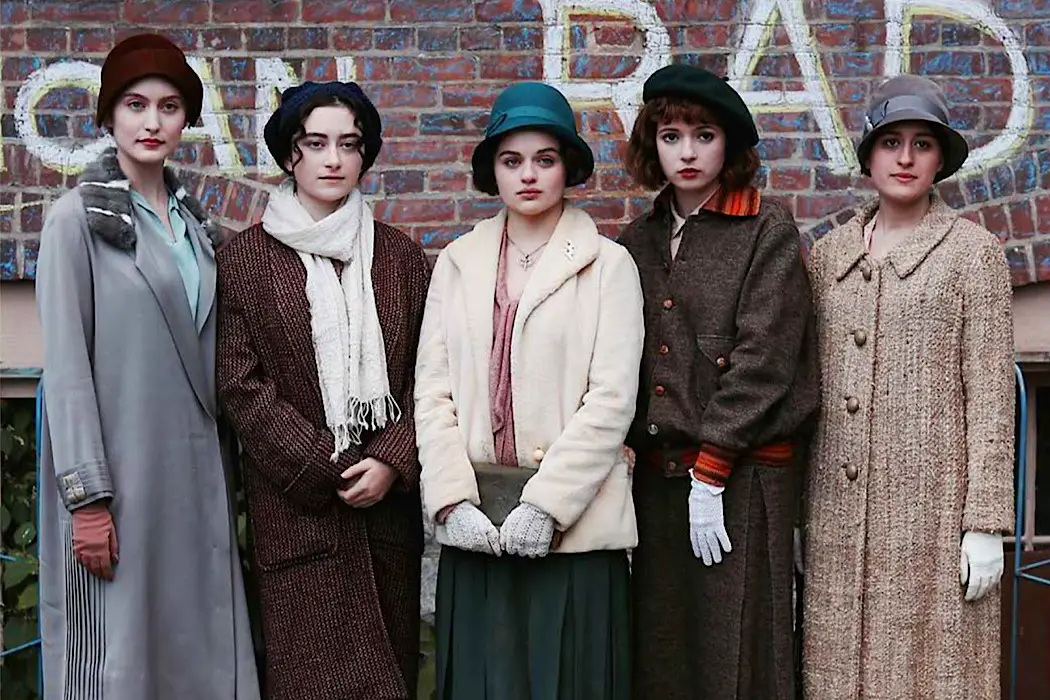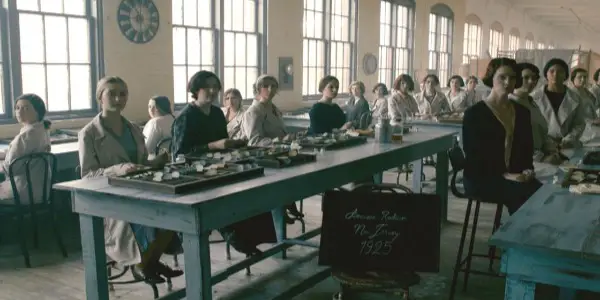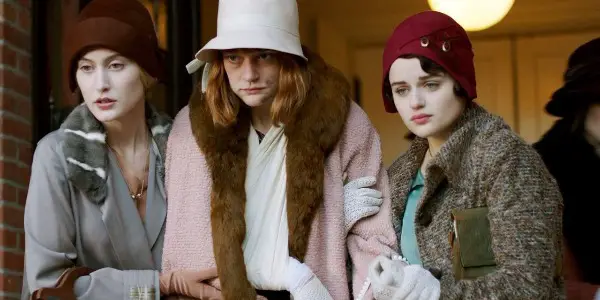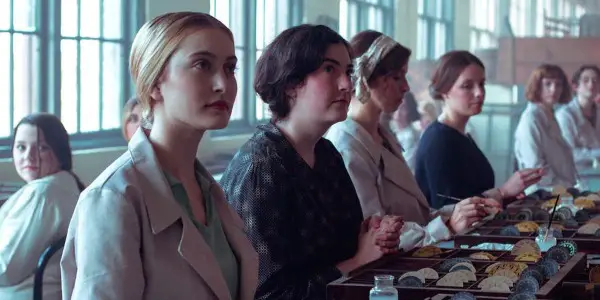RADIUM GIRLS: On How The Glowing Element Crowned and Destroyed Women

Rafaela Sales Ross is a proud Brazilian currently living in…
“Humanity also needs dreamers, for whom the disinterested development of an enterprise is so captivating that it becomes impossible for them to devote their care to their own material profit.”
-Marie Curie
There are pivotal moments in time where history has its course drastically altered by a mix of perseverance and sheer curiosity. At the end of the 19th century, the Curies, Marie and Pierre, did precisely that as they discovered the existence of radium, a chemical element that drew a precise line between past and future. What the Curies could not predict, however, was that the luminous substance they unveiled in their precarious laboratory was the most radioactive element in nature. A dangerous, extremely toxic material that was to be ultimately responsible for Marie’s – and many others – deaths.

Before further study could be conducted on its many dangers, radium made its way out into the world as a wonder, almost miracle-inducing matter. In the United States, the material was used to provide war machinery glow in the dark clocks, which would later be mass-produced to adorn the walls of ordinary residences. Lavishly packed elixirs were readily fashioned and health benefits loudly announced to the population. Radium was the holy grail of the 20s in America.
A glowing opportunity
In the tough, saturated job market of the time, radium factories offered young girls the opportunity to earn rates way above the standard pay. For days on end, the girls lifted radium-soaked paintbrushes to their tongues, mindlessly licking the tip to give the glowing dial numbers a better finish. It is here that Radium Girls finds its starting point, with Bessie Cavallo (Joey King) explaining the craft to a newcomer, the quiet murmur of working girls filling the factory floor whilst radium slowly flows through their veins.

While Bessie daydreams of Hollywood and making it big as an actress, her older sister, Josephine (Abby Quinn) employs all her energy into surpassing her work targets and earning enough to provide for her family. When Jo starts experiencing odd symptoms such as falling teeth and excruciating joint pain, the life of the Cavallo family is turned upside down.
“I was taught that the way of progress is neither swift nor easy.”
-Marie Curie
Spotting a pattern in illnesses fallen upon workers of the American Radium factory, Bessie seeks legal help. Once Jo’s diagnosis of radium poisoning is confirmed by a doctor, investigations begin. From the moment the story swerves to a courtroom, Radium Girls develops a sorely needed pace.
Heavily relying on the strength of the original story during its first act, banking on questionable narrative devices such as the use of black and white archival footage as a way of tying the script together, the film finally finds its feet once King enters the courtroom. After losing a sister to the maladies of the chemical, and witnessing the gradual demise of the other, Bessie turns grief into obstination. Rapidly becoming the national face of the cause, the youngest of the Cavallos, who once happily lived inside the joyful bubble of naivete, is engulfed by the overwhelming responsibility that now weighs on her shoulders.
Slow-motion death sentence
Bessie’s sense of urgency is aggravated by Jo’s deterioration. The sister, who spent years lovingly tied to a copy of The Book of the Dead, now faces her own cruel decay. Her life, carefully planned, brutally taken from her. By the time a piece of her bloodied jawbone falls into the sink, Jo no longer dwells on what it could have been. To the suffering girl, all that remains is to hope for a better future for her younger sister and many others like her.

It is this burning sense of hope that fuels the group of women who bravely stand against not only a bottomless pit of cash but the disapproval of their own community, who gravely depends on the jobs provided by American Radium. When one of the sick women is bluntly questioned by a journalist on her imminent death, she simply states: “I don’t think about it much, I haven’t got the time.” Time, here marked by fluorescent numbers that now count her final days.
A cruel irony
Despite its lack of focus and structural issues, there is much to merit in Radium Girls. Directed by a female duo, Lydia Dean Pilcher, and Ginny Mohler, the film has an innate sensitivity to the feminist struggles of the early century. Its biggest laurel, though, is how aptly it portrays the group of young women not as fearless, but as capable of acting despite their fear.
Marie Curie’s work changed not only history but women’s role in it. How twisted, then, to imagine her trailblazing discovery weaponised against the ones she so fiercely stood for. How awful to think of hundreds, thousands of young women ploddingly consumed by burning pain, eaten from the inside out by literal and metaphorical poison, betrayed by men who saw them as mere tools. The bones of the dead will forever glow in the dark, but – to some slimmer of comfort – so will the bright light of those who boldly paved the way towards change.
What are some of your favourite films based on true stories? Tell us in the comments!
Radium Girls opens in select theaters and virtual cinemas October 23rd.
Watch Radium Girls
Does content like this matter to you?
Become a Member and support film journalism. Unlock access to all of Film Inquiry`s great articles. Join a community of like-minded readers who are passionate about cinema - get access to our private members Network, give back to independent filmmakers, and more.
Rafaela Sales Ross is a proud Brazilian currently living in Scotland. She has a Masters in Film and Visual Culture, and has been diving deep into the portrait of suicide on film for a few years now. Rafa, as she likes to be called, loves Harold and Maude, The Before Trilogy, The Broken Circle Breakdown, Kleber Mendonça Filho and pretty much anything with either Ruth Gordon or Javier Bardem in it. You can find her on both Twitter and Letterboxd @rafiews












